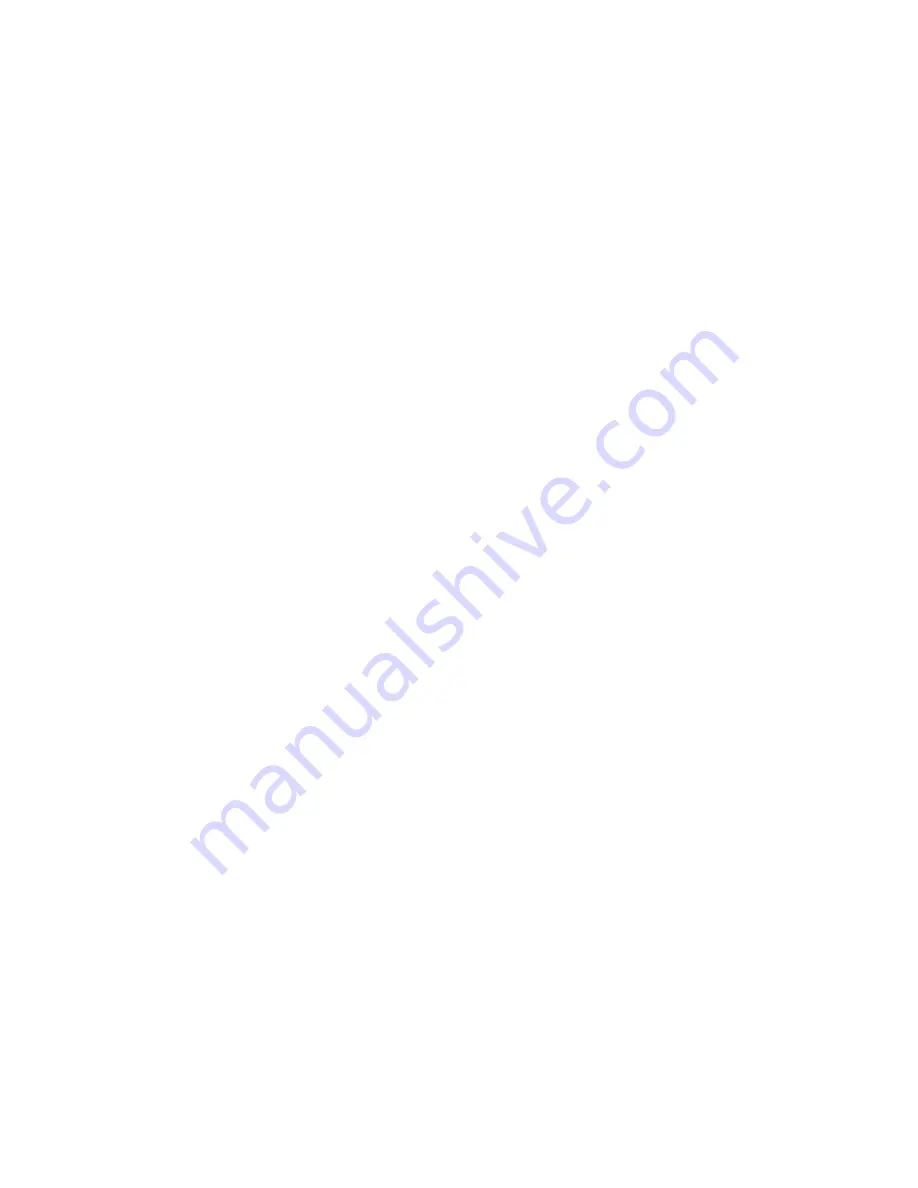
Menu Bar
– The menu bar provides you with an organized way to access the various features and tools
available to you. Every command and tool that is available through other means is also contained within these
menus.
Section Bar
– The section bar allows you to quickly switch between the sections of the program. Once you click
on a new section’s icon, that section will appear in the Main Window.
The section bar can be set to auto-hide mode to save screen space by clicking on the push-pin icon in the upper
right corner of the bar. This will set the bar to collapse to the left side of the program and open when the mouse
is placed over it.
Toolbar
– The toolbar provides you with convenient access to the primary tools used when in the Machine-
Specific Procedures section. The toolbar uses buttons with easy to identify icons for each function. To activate a
tool, simply click on the proper button.
Main Window
– The main window contains the content of the section that you are currently viewing.
Window Tab Bar
– Multiple procedures and content sections can be opened at one time. The Window Tab Bar
allows you to switch between the currently opened windows.
Vertical Scrollbar
– This scrollbar allows you to scroll up and down through the current section contained in
the Main Window. This scrollbar is only active when the contents of the Main Window are taller than the Main
Window itself.
Horizontal Scrollbar
- This scrollbar allows you to left and right through the current section contained in the
Main Window. This scrollbar is only active when the contents of the Main Window are wider than the Main
Window itself.
Sections
There are five sections that are available within Lockout PRO: Regulations, Corporate Policy, Employee
Training, Device Selection Guide, and Machine-Specific Procedures. To view a section, either click on its icon
in the Section Bar, or select it from the Tools menu in the Menu Bar. This will open the section inside the Main
Window. The Machine-Specific Procedures section automatically opens when the program is loaded because it
is the section that you will use most often.
Regulations
– This section contains the full text of the OSHA regulation that requires Lockout-Tagout, OSHA
regulation 1910.147 - The control of hazardous energy (lockout/tagout).
Corporate Policy
– This section contains a generic corporate policy on lockout-tagout that you can use as a
template for your company. To copy the text into a word processing program for modifications, highlight the
text and press the Ctrl and C keys to copy the selected text to the clipboard.
Employee Training
– This section will guide you through the creation of a thorough training program for the
employees and other personnel working within your facility.
Device Selection Guide
– This section present to you the many helpful Lockout-Tagout devices that are
available from your local Brady distributor. For the most common devices, instructional videos are included that
show the proper application of each device.
Machine-Specific Procedure
s – This section provides you with a robust toolset that completely automates the
creation of the machine-specific procedures that are required for every machine within your facility that has
more than one energy source.
Creating procedures
File System
The machine-specific procedures that are created by Lockout PRO are saved as stand-alone files using the .lop
file extension. These files contain the entire procedure, including the images that you have inserted within them.
These files can be saved to any drive available to your computer. They can be moved, copied, deleted, etc. in the
same manner as any other Windows file.
Creating a new procedure
To create a new procedure, select the New command from the File menu on the Menu Bar, and then select the
format that you would like to use for the procedure, either Short Form or Long Form. You can also click on the
New File icon in the Toolbar. This will create a new procedure using the same form that you worked with last.
The procedure will be opened in a new window and a tab for it will be added to the Window Tab Bar.
- 7 -







































